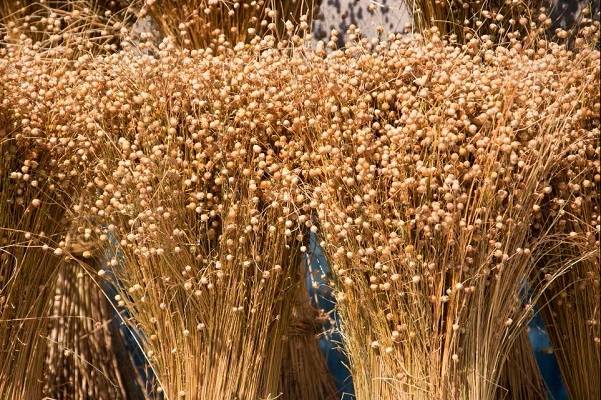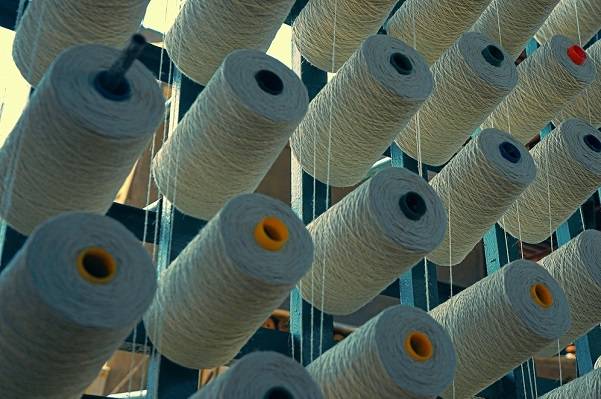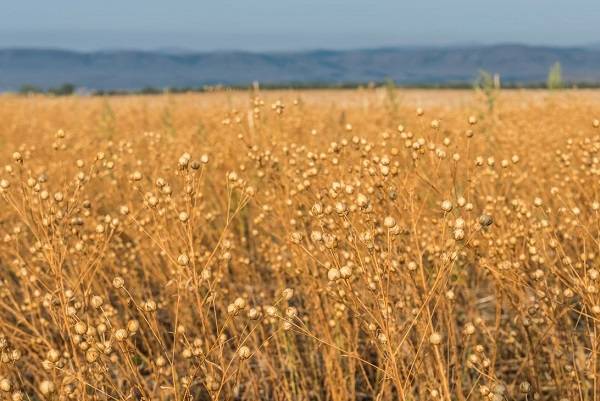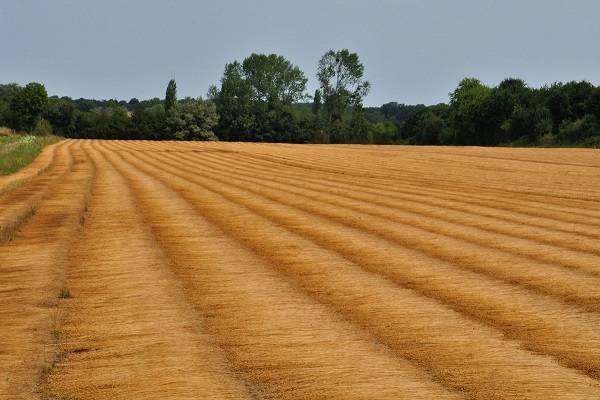Washing and caring for hemp and linen is fairly straightforward. Make sure you follow manufacturer’s instructions to prolong the life of fiber. Machine wash on gentle cycle, or hand wash using mild detergent. Fabric softener is not needed, as the materials soften by themselves by getting wet during washing.
Hemp vs. Linen: The Comparison of Two Timeless Natural Fibers
Discovering the Unique Qualities of Hemp and Linen: Celebrating Their Joint Contribution to Sustainable Textiles
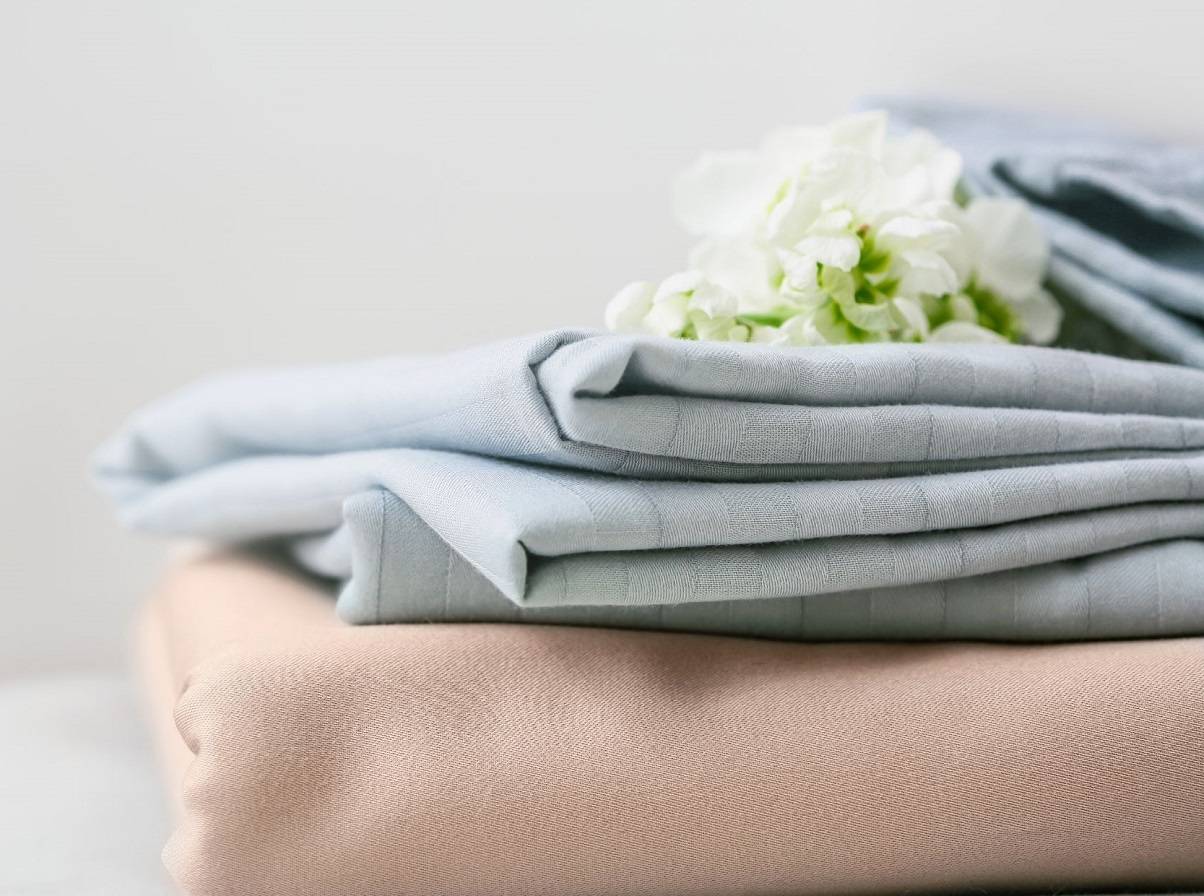
Innovation & Quality
Developing and supplying premium-quality, sustainably grown, consumer products
100% Natural
Organically Grown and Ethically Sourced
hemp and other natural fiber products
Shipping
We offer fast shipping
Your order out within 1-3 days
Wholesale
Visit our wholesale portal to register or login to your account
With sustainable fashion gaining attention in recent years, hemp and linen have emerged as two environmentally friendly alternatives to synthetics. Hemp and linen are remarkable natural materials that have been around for centuries. They both are extra strong, very comfortable and eco-friendly fibers. Since the fibers are quite similar, it can sometimes be hard to distinguish them.
As the world leans towards greener alternatives, these materials emerge not as competitors but as allies in the quest for sustainability.
Hemptique: Hemp Cord, Fiber and Garment Supplier
If you are a consumer looking for premium linen and hemp products, or a distributor seeking to include superior, 100% pure natural hemp in your offerings, Hemptique is your solution. Our premium eco-friendly hemp merchandise meets the highest quality standards and sustainability requirements. Hemp has a wide variety of applications, from clothing and household items, arts & crafts to packaging, home decor, and gardening. Our rich assortment includes clothing, accessories, hemp and linen cords, ropes, hemp and flax twine, and much more.
HOW THE FABRICS ARE MADE
Both fabrics are made using bast fiber, which is taken from the stem. More precisely, the stalk skin provides the specific fiber.
Hemp, also known as industrial hemp, is made from hemp plant known as Cannabis sativa plant, specifically from its stalks. The stalks have thick and long fibers on the outside, and a soft and spongy center. The outer tensile layers are used to produce textiles, while the inside is used to make fuel or building materials.
Linen is made from the stems of the flax plant, also known as Linum usitatissimum. Cellulose fibers are used to make strong fabric, traditionally used to make household textile products like bed sheets and table covers. 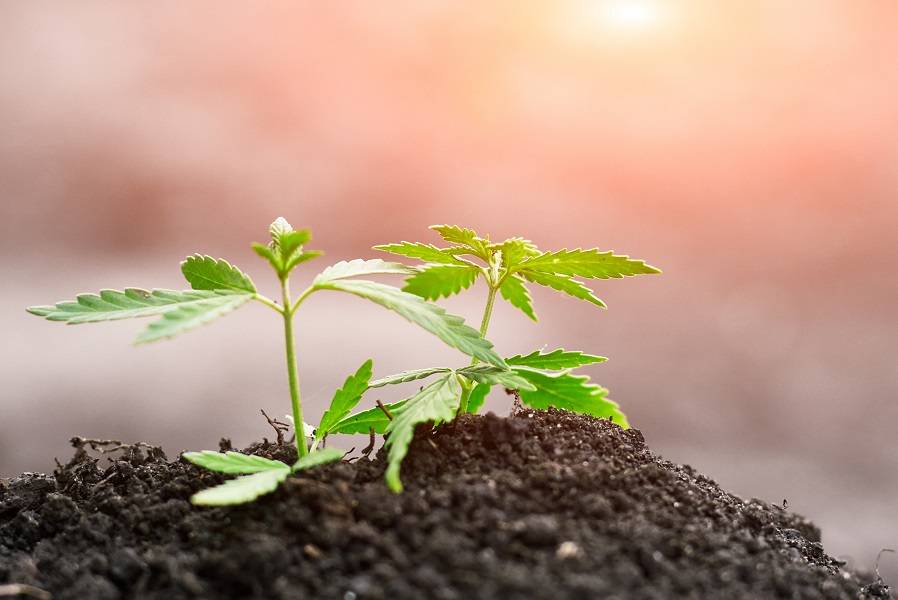
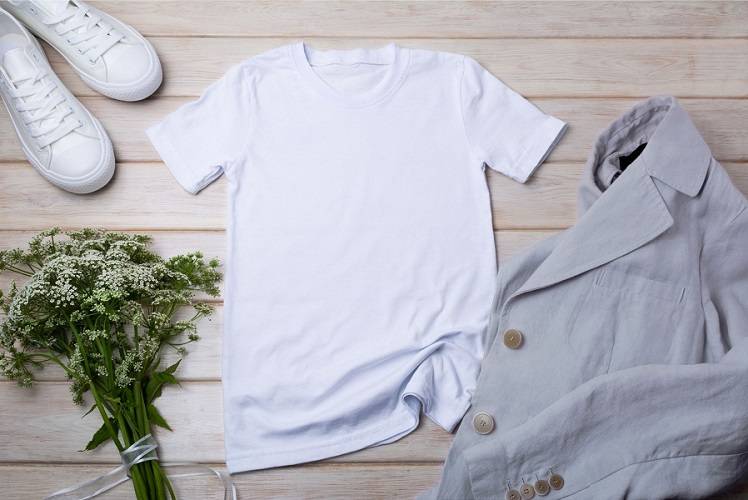
HEMP VS. LINEN: A BRIEF BACKGROUND
Both hemp and linen have been around for a very long time. In fact, they have been cultivated for thousands of years all over the world. In recent years, they are gaining new popularity for their sustainable and biodegradable features.
Flax plants have been grown to make linen for clothing, household textiles and bandages. The plant has also been widely used for the nutritious benefits of its seeds.
COMMON FEATURES OF HEMP AND LINEN FIBERS
Looking on the outside, the fibers are identical. In fact, in order to tell the difference, a high-power microscope or chemical examination is needed. Another way to determine the difference is the direction in which they twist when they are wet. Hemp rotates counterclockwise and flax rotates clockwise.
Natural & Breathable Materials
Hemp and linen are lightweight and breathable materials. They effectively absorb moisture, leaving you feeling cooler during the summer.
Insulation
Both hemp and linen are perfect for insulation due to their hollow fibers. When the weather is cool, you will not feel cold, thanks to these fibers.
Durability
They are both very durable fabrics, lasting for many years. With proper care, investing in either of these ensures longevity of materials.
Softness
When it comes to softness, they both become softer after washing and repeated use. Although there is a misconception that hemp is rough, modern manufacturing creates comfortable and soft fabrics.
Biodegradability
Hemp and linen are biodegradable and recyclable materials, meaning they can be naturally broken down by micro-organisms and help relieve the landfills. The apparel industry represents one of the biggest polluters in the world with a significant negative impact on the climate. An increasing number of fashion brands are starting to choose hemp or linen to contribute to reducing pollution.
Antibacterial & Hypoallergenic Properties
Both fabrics are hypoallergenic and antibacterial, which makes them safe for people with allergies and sensitive skin.
Dying
Both materials are very absorbent, so they are easily dyed to create various designs.
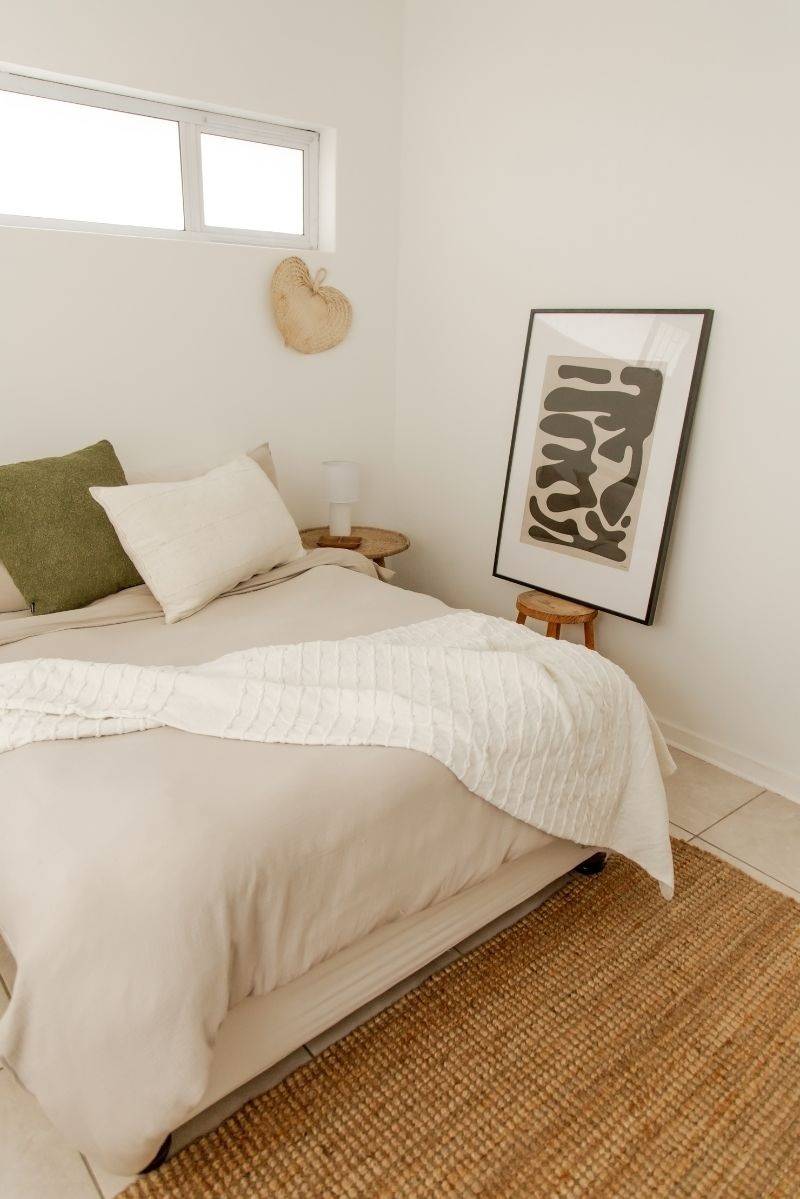
VERSATILE PRODUCTS & APPLICATIONS
Linen
Throughout history, one of the most popular materials was linen since many cultures used it as the primary source for clothing and household textiles. Linen uses include:
- Fashion: Linen's breathability, natural luster, and ability to absorb moisture without holding bacteria make it an ideal choice for a wide range of apparel. Its use in fashion is diverse, encompassing everything from airy, casual shirts and elegant skirts to comfortable pants and sophisticated dresses. Linen's unique texture and drape lend a timeless quality to garments, embodying both comfort and elegance.
- Home Textiles: The application of linen extends into home textiles, where its qualities of durability and ease of care are highly valued. Linen bedding offers unparalleled comfort, improving sleep by regulating temperature and wicking away moisture. Tablecloths and dish towels made from linen are not only aesthetically pleasing but also functional, thanks to the fabric's natural resistance to stains and ability to dry faster than cotton. Its use in home textiles embodies a blend of practicality and luxury, elevating everyday living.
- Furnishings: In the interior design, linen brings a touch of natural beauty and sophistication. Its application in upholstery adds a layer of texture and depth to furniture, while its use in wallpapers and window treatments introduces a subtle, organic element to spaces. The durability of linen ensures that it stands up to the rigors of daily use, making it a preferred choice for both residential and commercial settings.
- Arts: The artistic use of linen as a canvas for oil paintings dates back to the Renaissance, favored for its smooth surface and durability. The fabric's tight weave and ability to hold onto paint make it an ideal substrate for artists, allowing for detailed work and longevity of the artwork. Linen canvases continue to be the gold standard in the art world, prized for their quality and the depth they add to paintings.
Hemp
Ever since industrial hemp has re-emerged on the market, it has had numerous applications. The plant itself can be used to make biofuel, plastic, animal feed, and skincare products. Some of hemp fiber main uses are:
- Textile Applications: Hemp fibers are celebrated for their durability, breathability, and comfort, making them an ideal choice for a variety of apparel options. From casual T-shirts and hoodies to more formal pants and dresses, hemp clothing offers a sustainable alternative to traditional fabrics, combining style with sustainability. The natural resistance of hemp fibers to pests and their UV protective properties further enhance their appeal in the fashion industry.
- Accessories and Lifestyle Products: Beyond clothing, hemp extends its reach into accessories and lifestyle products, including backpacks, jewelry, and pet toys. These items not only boast eco-friendly credentials but also durability and a unique aesthetic that appeals to environmentally conscious consumers.
- Homeware and Décor: Hemp showcases its versatility through ropes, cords, tablecloths, towels, and rugs. These products benefit from hemp's natural resistance to mold and mildew, making them suitable for a variety of home environments and uses.
- Sustainable Building Materials: Perhaps one of the most innovative uses of hemp is in the construction industry. Hemp-based materials such as insulation, hempcrete (a mixture of hemp hurds and lime), and plaster are gaining popularity for their sustainability, energy efficiency, and non-toxic properties. These materials contribute to healthier living environments and are part of a growing trend towards green building practices.
- Paper Products: Hemp also offers an eco-friendly alternative to traditional wood-based paper. Hemp paper, including packaging, writing paper, and cardboard, is more sustainable due to the crop's rapid growth rate and lower environmental impact. This application underscores hemp's role in reducing deforestation and promoting sustainable forestry practices.
ENVIRONMENTAL IMPACT: UNDERSTANDING THE SUSTAINABILITY OF HEMP AND LINEN
Both hemp and linen emerge as pillars of sustainability within the textile sector, each offering distinct environmental advantages. Here's how they contribute to a more sustainable world:
- Natural Resistance and Chemical Use: Hemp is highly resistant to pests and insects, thriving without the need for harmful chemicals. This natural resilience makes it an environmentally friendly choice. Linen, derived from the flax plant, can require more attention to pests but still represents a sustainable option, especially when cultivated under organic practices.
- Soil Health: Hemp enhances soil structure and fertility through its deep rooting system, which prevents soil erosion and promotes a healthy growing environment for subsequent crops. Linen, although requiring a different crop rotation, also contributes to soil health by adding organic matter and improving soil structure when managed sustainably.
- Biodiversity: The cultivation of hemp has a positive impact on biodiversity, attracting bees and supporting a variety of wildlife. Linen cultivation, particularly in biodiverse farming systems, can also support a range of species, contributing to the ecological balance.
- Resource Efficiency: Hemp produces high yields with relatively low water and land usage, making it an exceptionally resource-efficient crop. Linen, while typically requiring less water than hemp, highlights the efficiency of the flax plant in producing a valuable fiber with minimal environmental resources.
- Adaptability: Hemp's adaptability allows it to be grown in a variety of climates without the need for extensive crop rotation, minimizing land use and enhancing agricultural sustainability. Linen, with its own set of adaptable traits, thrives in different environmental conditions, demonstrating the versatility of flax cultivation.
Both hemp and linen offer compelling environmental advantages, from their minimal chemical needs to their positive impacts on soil and biodiversity. While hemp may excel in certain sustainability metrics, linen also brings valuable environmental benefits to the table. Together, they offer powerful alternatives to more resource-intensive fabrics, highlighting the importance of choosing sustainable materials to protect our planet.
FABRICS OF THE FUTURE
Looking ahead, the textile industry stands at a crossroads, with hemp and linen poised to lead the charge towards a more sustainable, inclusive future. By embracing the strengths of both, we pave the way for a textile revolution that honors the past, addresses the present, and secures a greener tomorrow.
CONCLUSION
In the dialogue of hemp versus linen, it's clear that there's no need for victors. Each fiber brings to the table attributes that, when combined, offer a richer, more diversified palette for the textile industry. As stewards of the planet, it's our responsibility to champion both, leveraging their unique benefits to forge a path towards sustainability that does not compromise on quality or ethical standards.
FREQUENTLY ASKED QUESTIONS
How do I care for hemp and linen products?
How does hemp enrich the soil?
Research has shown that hemp detoxifies and enriches the soil. Furthermore, it prevents erosion of the soil. It can even be planted in dry climates and barren areas as it can improve the quality of soil while growing and producing fiber.
Does hemp wrinkle like linen?
Both materials are natural, thus, they both crease. Overall, linen creases easier than hemp, but you can reduce the possibility of creasing by following manufacturer’s washing and drying instructions.
What are the disadvantages of hemp fiber?
Hemp fiber has very few disadvantages. Some of them are price, limited supply and easy wrinkling.



